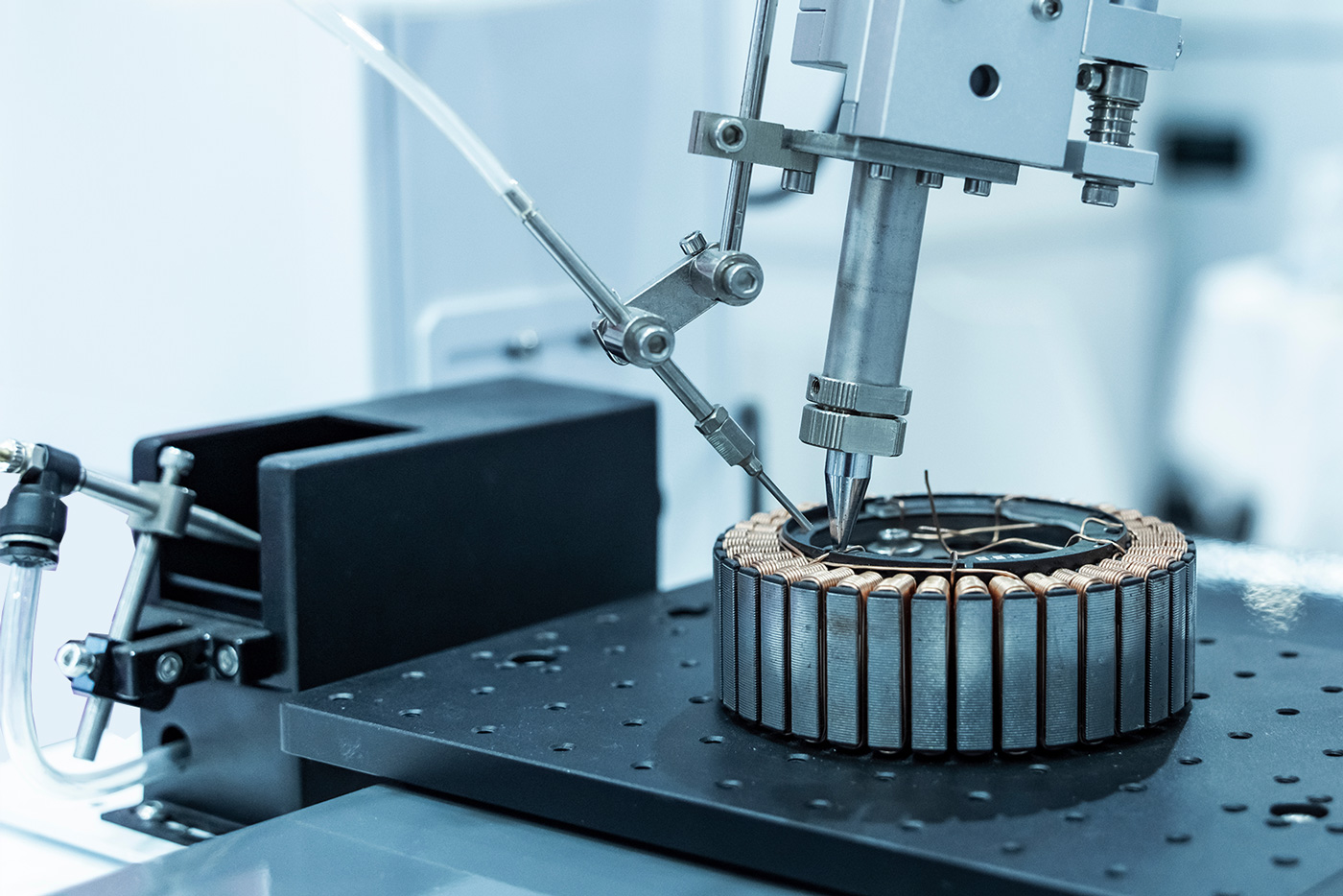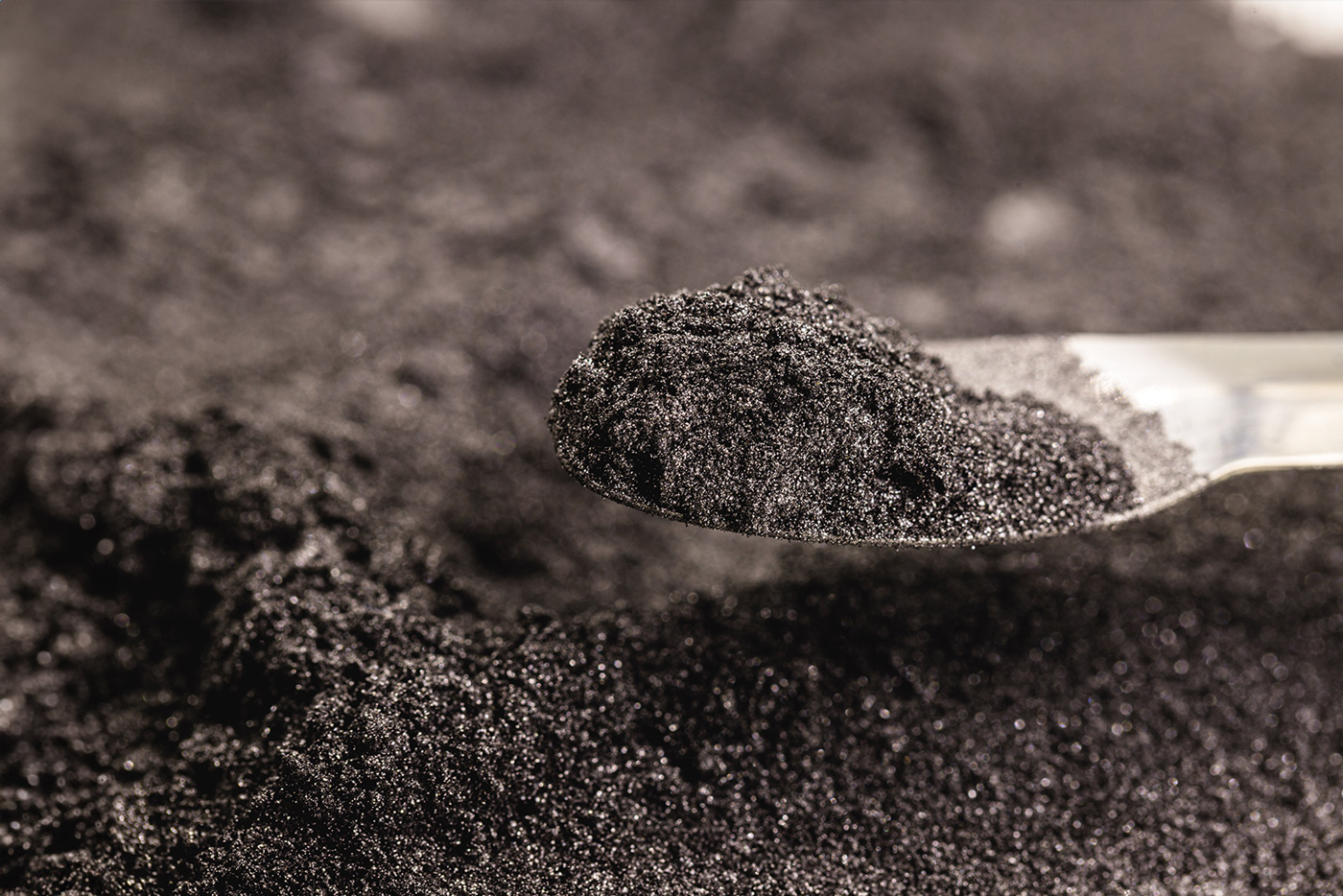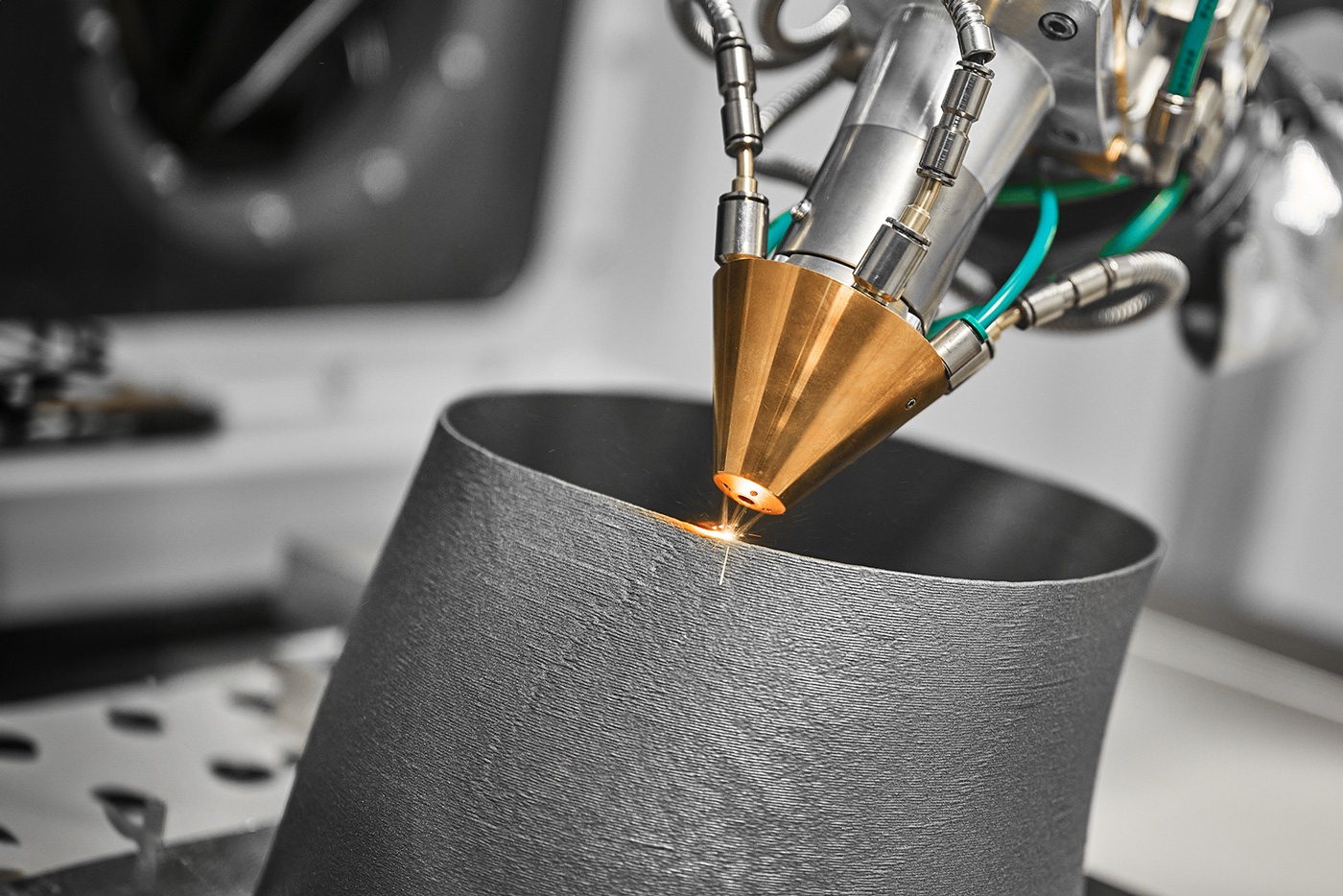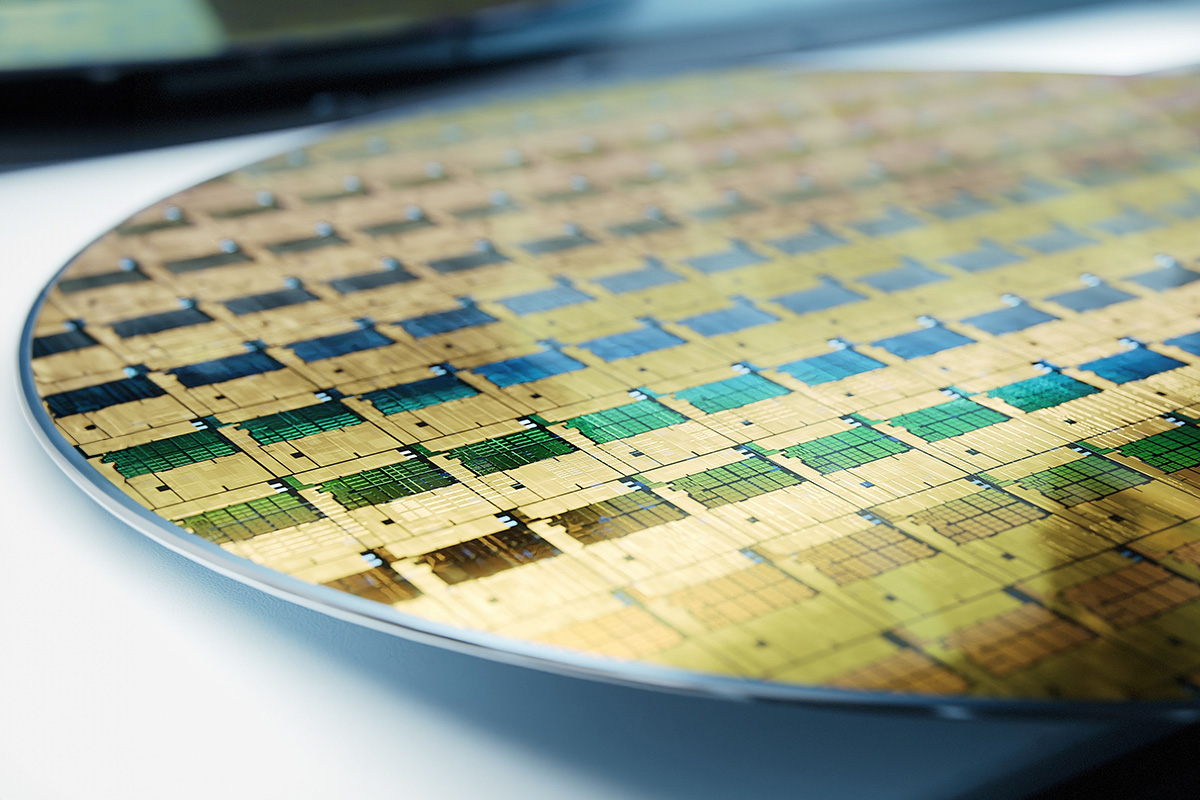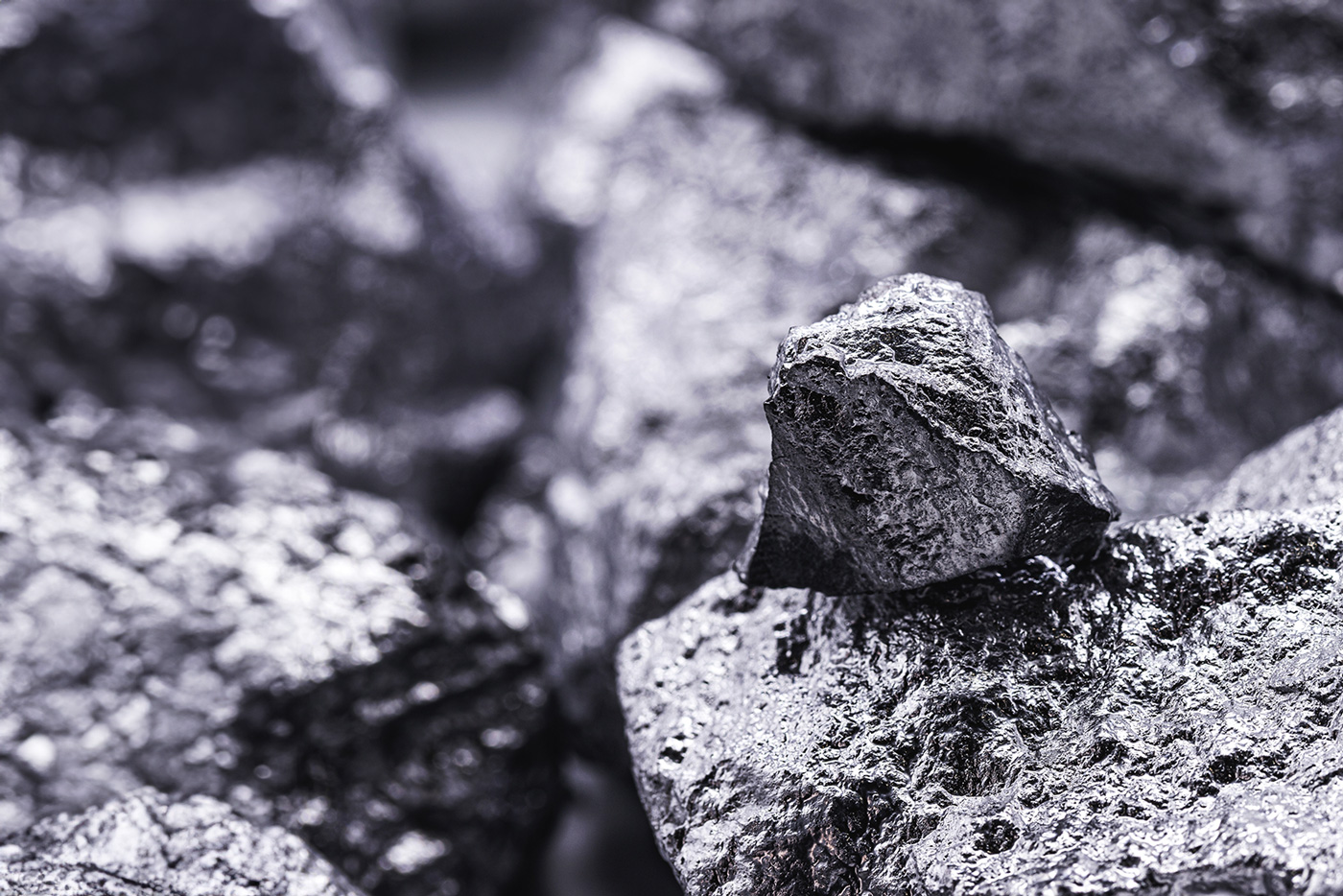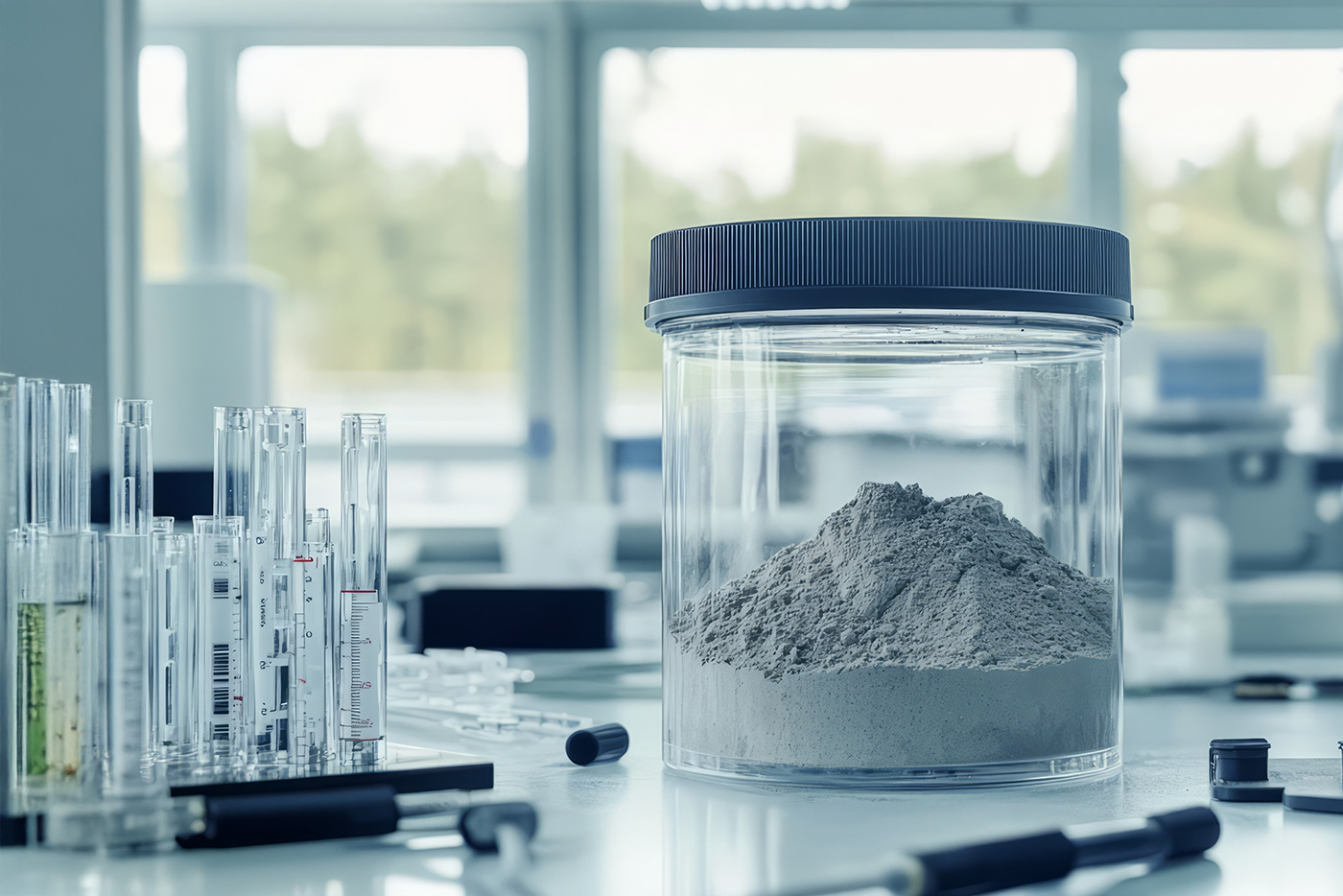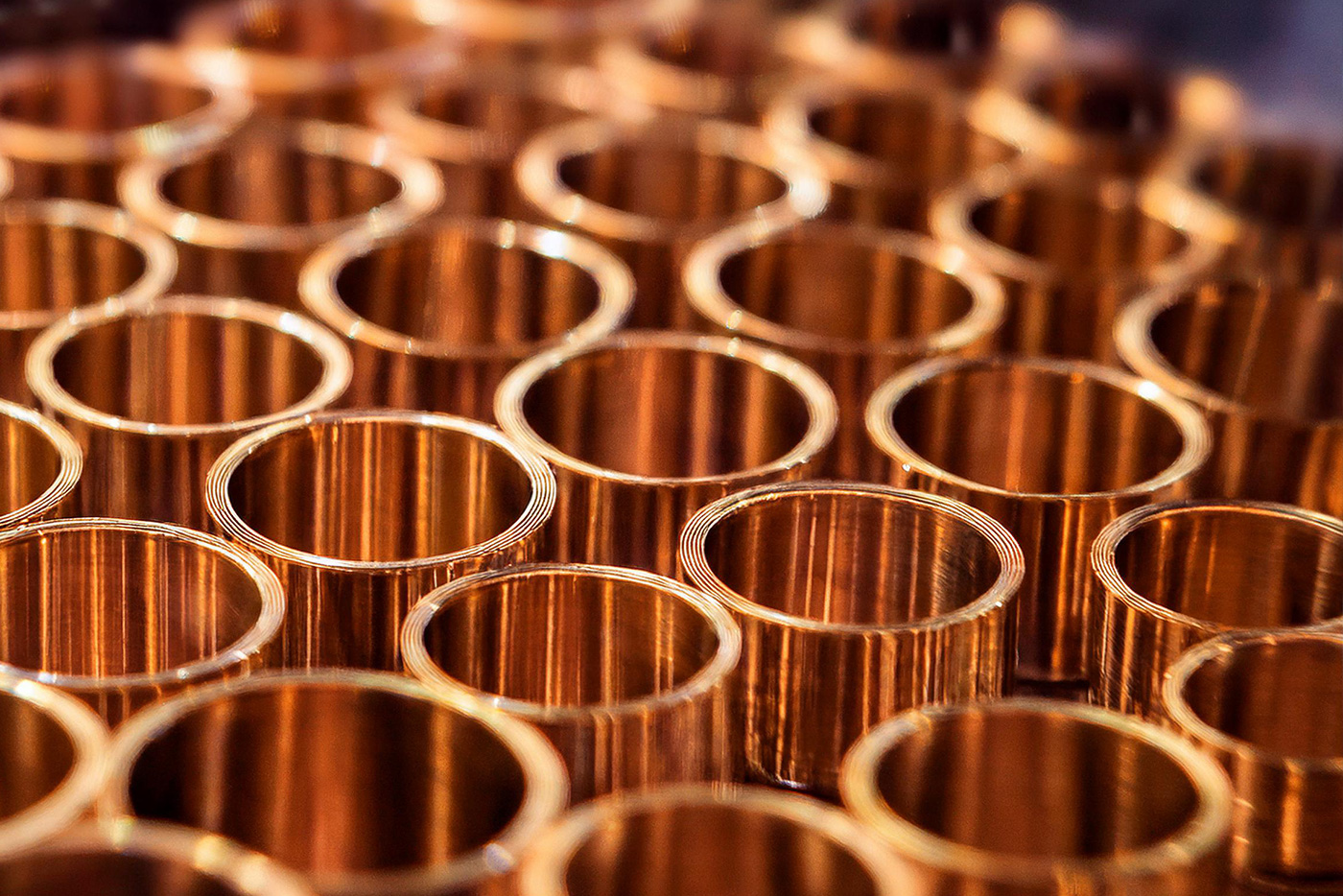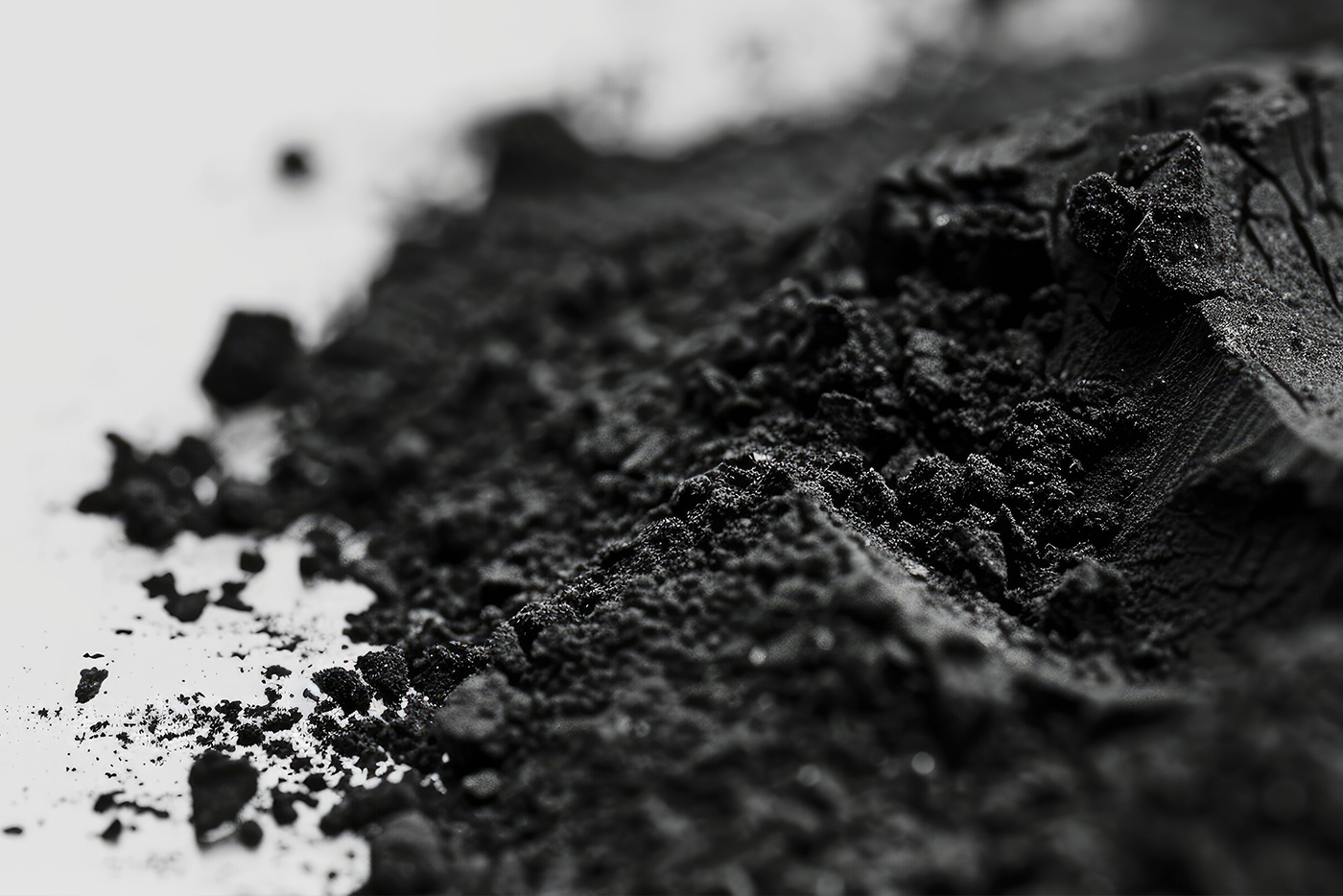Anyone involved in additive manufacturing will sooner or later come across the ISO 52900 standard. Read this article to find out why this standard is so important and what it contains.
Who defines ISO 52900?
DIN EN ISO/ASTM 52900, short form ISO 52900, was published by the DIN Materials Technology Standards Committee created. This process is based on the DIN Standards Committee on the Fundamentals of Standardisation (NAGLN). As this is an international standard, members of the International Organisation for Standardisation (ISO) involved in the final definition.
DIN standards are regularly scrutinised, at least every five years. If they no longer correspond to the current state of the art or have other problems, they are revised or completely withdrawn. ISO 52900, which was first published in 2015 and amended in 2017, was also revised again in 2018 to bring it into line with the latest developments.
What does ISO 52900 say?
The standard ISO 52900 Additive manufacturing - Fundamentals - Terminology is the international basis when it comes to communication on the subject of "Additive Manufacturing" is about. The focus is therefore not on production itself, but on terminology. The ISO standard covers different areas.
Definition of "additive manufacturing"
The standard defines additive manufacturing as "Process that produces components from 3D model data by joining material, as opposed to subtractive and forming manufacturing methods, usually layer by layer." The definition is therefore based on a description of the procedure on the one hand and a differentiation from other manufacturing processes on the other. This creates a basic definition on the basis of which communication can take place.
Definition of process categories in additive manufacturing
Based on this basic definition, the standard divides additive manufacturing into seven process categories. German and English terms and corresponding acronyms are defined for this purpose. The seven official process categories are as follows:
- Free jet binder jetting (BJT),
- Material application with directed energy deposition (DED),
- Material extrusion, (en: material extrusion, MEX),
- Free jet material jetting (MJT),
- Powder bed fusion (PBF),
- Sheet lamination (SHL), and
- bath-based photopolymerisation, (en: vat photopolymerisation, VPP)
This means that the various procedures can also be discussed internationally without any misunderstandings or ambiguities arising.
Further definition of the standard
Furthermore, ISO 52900 regulates the definition of all other basic terms in additive manufacturing relating to the topics:
- Processing: General
- Processing: Data
- Processing: Materials
- Applications
- Properties
Guide to process mapping
In practice, the procedure also differs significantly within the individual processes. After all, numerous different materials can be processed and results achieved with each process. ISO 52900 includes a guideline in the current revision draft in order to depict the respective process in a comprehensible and detailed manner.
It shows how individual processes can be mapped and described using internationally understandable acronyms. This can be recorded in this way (source: DIN Deutsches Institut für Normung e.V.). This enables a more precise description than simply categorising processes.
What other standards are there besides ISO 52900?
The field of additive manufacturing is still comparatively young in an industrial context. As a result, new standards are constantly being developed that gradually regulate all areas. The latest DIN standards include, among others:
- DIN EN ISO/ASTM 52950: Additive manufacturing - Fundamentals - Overview of data processing
- DIN EN ISO/ASTM 52903-2: Additive manufacturing - Material extrusion-based additive manufacturing processes for plastics - Part 2: Process accessories
- DIN EN ISO/ASTM 52942: Additive manufacturing - Principles of qualification - Testing of operators for powder bed based laser beam systems and equipment for metallic materials for aerospace applications
The However, DIN EN ISO/ASTM 52900 is the basisThe basic principles of additive manufacturing should be understood in order to successfully master the other standards and day-to-day business.
ISO 52900: Basis for communication between experts
At first glance, dealing with DIN and ISO standards often seems tedious and dry. However, especially in a specialised field as young as additive manufacturing, agreeing on fixed terminology and concepts is an important step. Only in this way can the industry conduct important discussions together - whether nationally or internationally - drive innovative developments and master the challenges of the industry together.
